Today, several of my teacher friends are taking some time out to recognize how hard every teacher works. We have had the amazing opportunity to get to know each other, share ideas, and learn from each other. Today is our day to "feature" other teachers and recognize their amazing work! I am recognizing Em from Curious Firsties.
Em became a teacher because she was the oldest child in her family and it came natural to her to teacher her siblings. She has taught first and second grade for 10 years. For five of those years she has been a Title I teacher for first grade and specialized in Reading. She earned her Masters Degree in Second Language Literacy. She loves to teach in a small group format, especially guided reading because it is a fun challenge to help each student reach their reading potential.
Here are her " Top 3 Greatest Hits!"
Curious Firsties wrote two fabulous blog posts on improving student fluency. First, she describes how she makes fluency CONCRETE. She explains, "We wanted to really illustrate how we group our words naturally when speaking and that doing this when reading allows us to read fluently. We wanted to also explain that fluency allows your brain to think about what you are reading (metacognition)." After reading the book, Wolf, she had had the students each become a word in a sentence from the book. What she does after that is fantastic. I am not going to tell you because I want you to go check our her post by clicking HERE. In another post she builds on that lesson by restructuring how she teaches fluency on a daily basis by using poetry. She explains, "Here are my goals: increase fluency and phrasing, provide a purpose for reading, and keep their eyes on the text. So I have started using poetry (mostly nursery rhymes) at the beginning of each small group. But one of my concerns was that the students would quickly memorize the poem, instead of focusing their eyes on the text. Because of this concern, I came up with this weekly schedule." What is that weekly schedule, click HERE to find out.
The Case of the Missing Nursery Rhymes can be used as a classroom activity or it would make a wonderfully fun activity for a Parent Literacy Night. After students read the nursery rhyme book with you, they will record three mystery clues. Then they will analyze those clues to determine which nursery rhyme they would be matched with.
Looking for more great literacy ideas, check out her store HERE.
In her Heart Diagram Word Sort, students use the Venn diagrams to sort twelve words. There are two versions of each word sort to help you differentiate for your classroom of students. She also included one colorful Venn diagram. The following phonics patterns are covered: long and short vowels, consonant digraphs ch/ck, and consonant blends nk/ng.


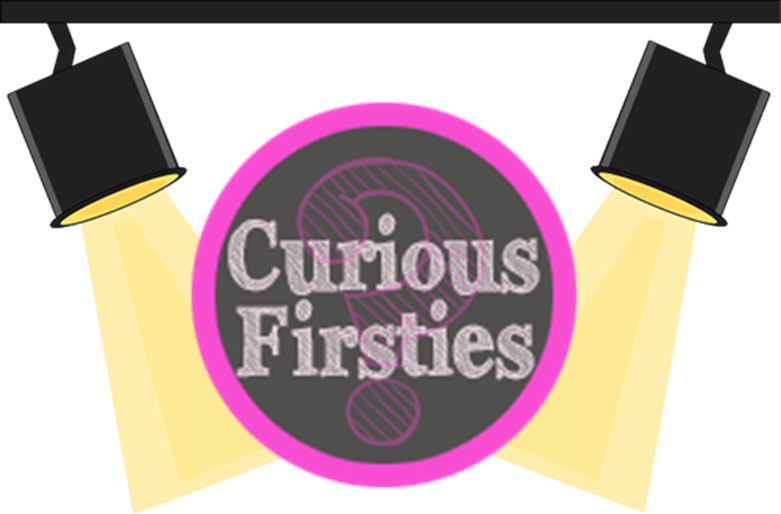




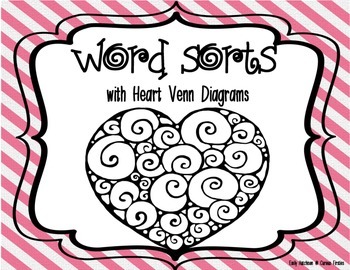









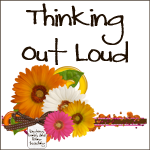



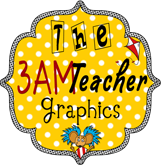

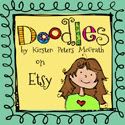





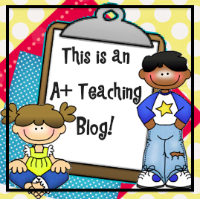





I'm learning so many new things about my favorite bloggers. Em and I have a lot in common. We both love baking and amusement parks. Our family has season passes to Hershey Park, so we've spent many summer hours there.
ReplyDelete:) Wendy
Read With Me ABC
Thank you so much for this nice post!! I really enjoyed the Teacher Feature and felt like I learned a lot. I was excited to see that someone agreed with you and bought the Nursery Rhyme unit! Thanks so much :)
ReplyDeleteEm